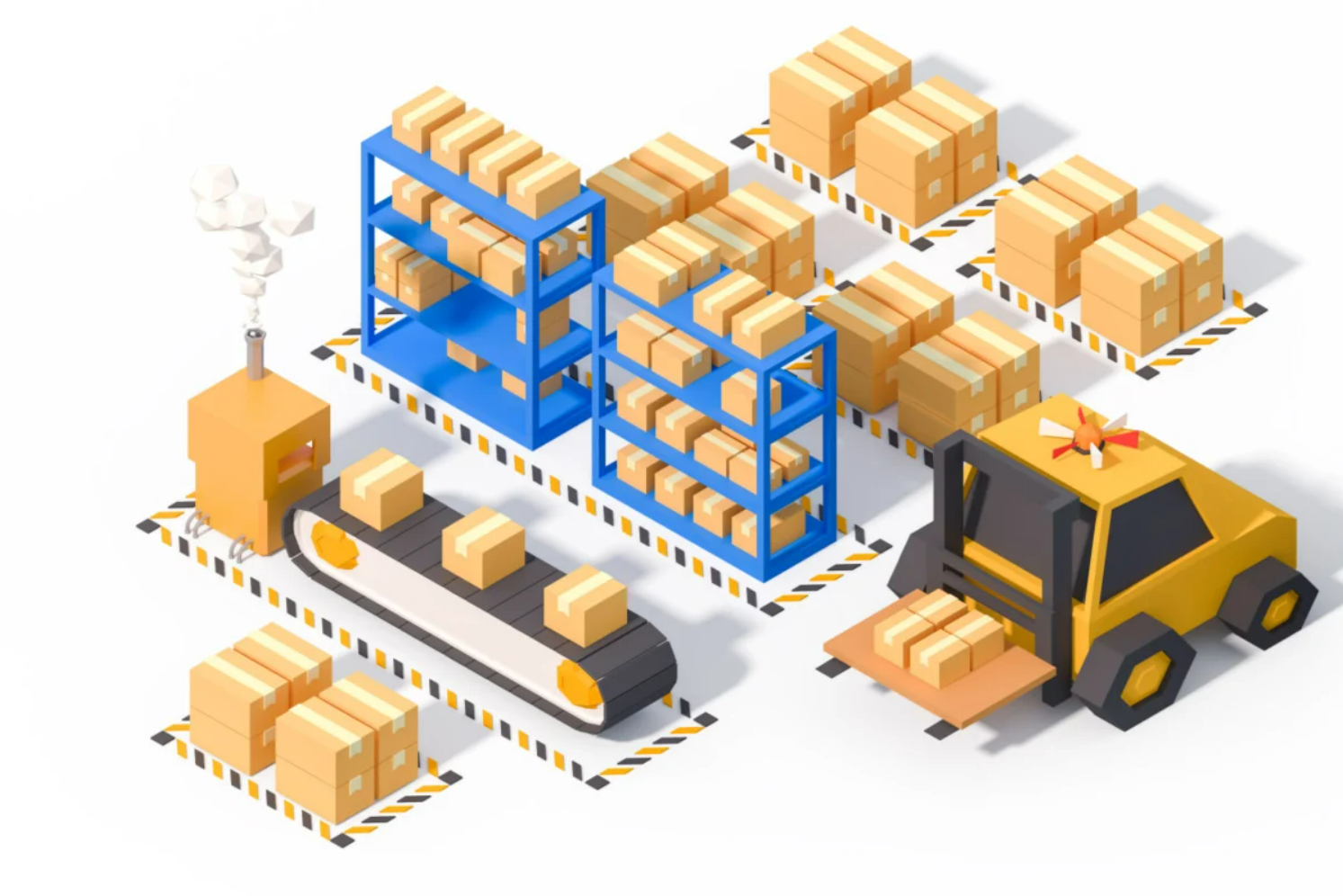How RFID is Accelerating Internet of Things Adoption
IoT systems run on the free flow of data, and RFID delivers.
BlueStar's diverse portfolio offers unparalleled access to premium products and services that drive business growth and success. From state-of-the-art hardware to advanced software solutions, our portfolio is designed to empower businesses with the tools they need to thrive in today's competitive landscape.
Our vertical-based content focuses on different industry technologies, solutions, and insights.
A true VAD offers top-notch pick, pack and ship services, and provides programs and services that add value to the distributed products that increase their value or worth.
The BlueStar DifferenceCombining IoT and industry expertise will allow you to meet the growing demand for systems that enable greater visibility and automation.
Internet of Things (IoT) implementations can be transformative. For example, sensors have changed how freight companies pack and ship goods to maintain higher safety standards. Wearable sensors can determine how much stress employees feel in the workplace. IoT enables healthcare advances, such as field-programmable insulin pumps, pacemakers, and defibrillators, that share information with care providers. And agriculture has embraced IoT for use cases from tractor management to livestock feeding.
Building Blocks of Good IoT Implementation
Although how IoT is used across markets and industries can be vastly different, successful IoT implementations share some common characteristics. As you assist your clients with their projects, ensure each component is in place.
How to Help Your Clients Achieve Their Goals
To design an IoT network that delivers ROI, it’s essential for technology solutions providers (TSPs) to take a strategic, systematic approach to implementation. Follow these steps:
Be the Expert
Nearly 75 percent of IoT implementations fail. IoT technology is still unfamiliar to many people – even those with IT expertise – so your client may not have internal resources capable of successfully managing a project. Furthermore, some third-party providers that your clients may have worked with in the past may have IoT expertise, but they may not have your familiarity with your industry and your clients’ pain points.
Build your knowledge of successful IoT implementations, how to manage a project from idea to proof of concept to full-scale deployment, and be the expert that your clients need.

IoT systems run on the free flow of data, and RFID delivers.

Review these 10 missteps that can derail an IoT implementation and how to avoid them.

Automating processes is key to greater competitiveness, accuracy, and cost-effectiveness.
